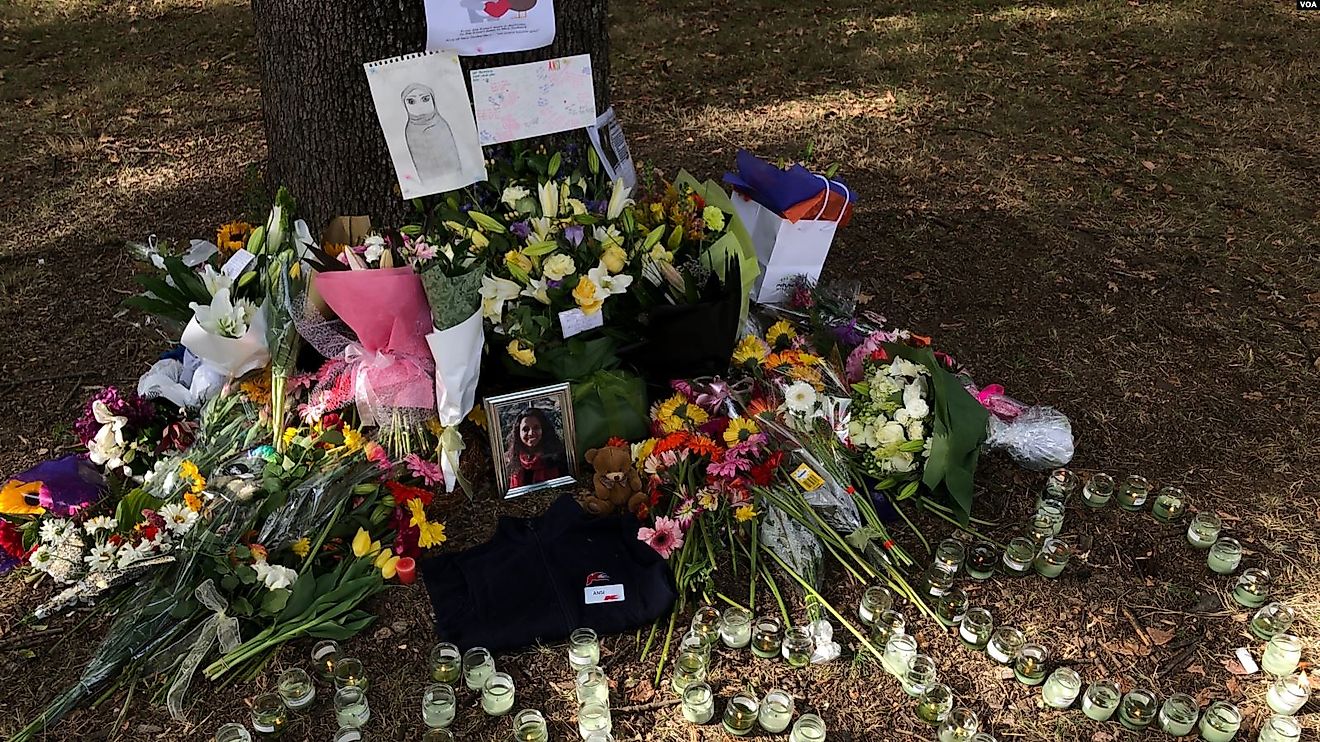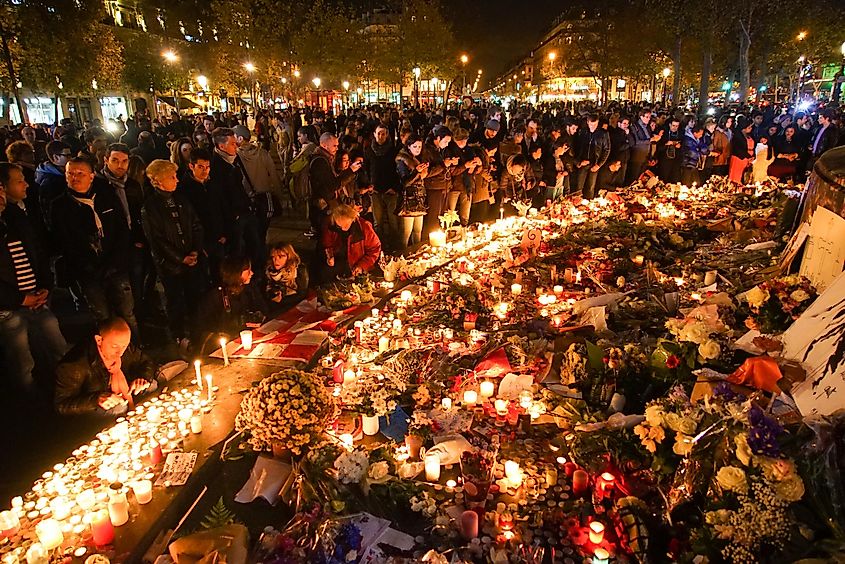Countries That Have Banned Assault-Style Firearms

- Both Australia and New Zealand instituted buyback programs as part of their gun control measures. Thousands of weapons were collected in both countries.
- Australia has had no mass shooting attacks on the scale of the 1996 Port Arthur massacre since subsequent gun control measures were enacted.
- The EU's gun laws do not include an outright ban on some of the most lethal semiautomatic weapons, including the popular AK-47 Kalashnikov.
- The U.S. enacted an assault-style weapons ban in 1994, but it expired ten years later and was not renewed by Congress.
Firearms are deadly weapons, but assault-style firearms can be even deadlier weapons. They have the ability to inflict much more damage and cause many more deaths than your average handgun or hunting rifle. In fact, whenever you hear of mass shooting attacks taking place, more often than not, there are assault-style firearms involved. It is no wonder, then, that countries and other jurisdictions that experience mass shooting attacks often respond by banning such weapons. Here are some countries which have abandoned assault-style firearms.
New Zealand
On March 15, 2019, a man entered two mosques in the city of Christchurch and opened fire, killing fifty people and injuring fifty more. Almost immediately, Prime Minister Jacinda Ardern announced a ban on all assault-style rifles, as well as high-capacity magazines and military-style semiautomatic rifles. The Christchurch shooter, a 28-year-old male, apparently motivated by white supremacist ideology, carried out his attack using two semiautomatic rifles with 30-round plus magazines, which he managed to purchase legally. Before this ban came into effect, New Zealand had fewer restrictions on rifles and shotguns compared to other countries. The new ban does not, however, cover all assault-style firearms. Among the guns excluded from the ban are semiautomatic .22 caliber, smaller guns holding up to ten rounds, and semiautomatic and pump-action shotguns with non-detachable magazines holding up to five rounds.
Australia
On April 28, 1996, a man opened fire at a tourist site in Port Arthur, Tasmania, using an AR-15 rifle and another military-style rifle with self-loading capability. He ended up killing 35 people and wounding 23 others. Following the attack, the Australian federal and state governments enacted a series of changes to the country’s gun laws. Certain semiautomatic guns, as well as self-loading rifles and shotguns, were banned, as was the import of such weapons. Before these measures were enacted, gun control in the country was very limited.
Canada
Following a mass shooting in the province of Nova Scotia in April 2020, Prime Minister Justin Trudeau announced an immediate ban on assault-style weapons. The shooter in the aforementioned attack used two semiautomatic rifles and several semiautomatic pistols in his killing spree. In announcing the ban, the prime minister referenced other mass shootings in Canada’s history, including the Ecole Polytechnique massacre in 1989, in which fourteen people were murdered. Such a ban may not, however, have prevented the Nova Scotia massacre from happening as the guns that Gabriel Wortman, the shooter, used were purchased illegally and may have been imported from the U.S. Nevertheless, nearly four out of five Canadians support the ban, according to a poll conducted by the Angus-Reid Institute. The Canadian government has also mused about a buyback program, similar to those that took place in New Zealand and Australia following the enactment of their bans on assault-style weapons.
European Union

The EU, which is a political and economic alliance of 27 countries, prohibits the private possession of fully automatic weapons. This includes automatic weapons that have been converted into semiautomatics. Semiautomatic weapons are not entirely banned, but people wanting to own them require what is termed “special authorization”. In 2016, following terrorist attacks in France the year before, the EU passed a series of measures further restricting the ownership of semiautomatic weapons, banning such weapons with loading devices over 21 rounds, and also banning rifles and personal defense weapons with more than eleven rounds. In 2019, Switzerland voted to accept many of the EU’s gun control regulations. Though Switzerland is not a member of the EU, it is party to the Schengen Agreement, which allows Swiss people to move freely throughout the 27-nation bloc, in addition to other bilateral agreements between the EU and the Swiss federal government.











